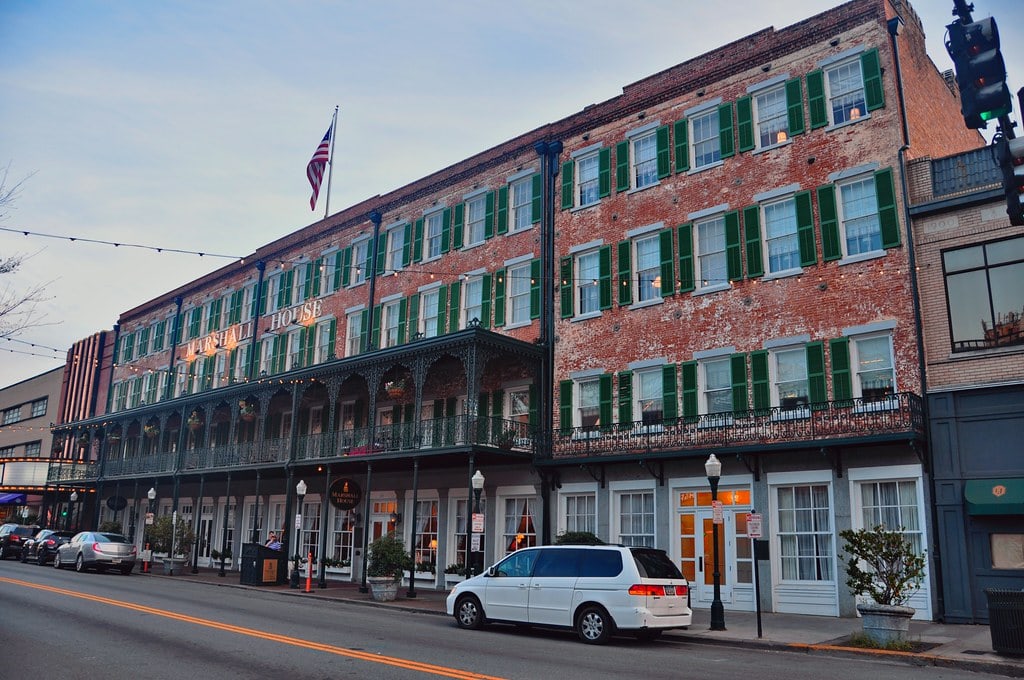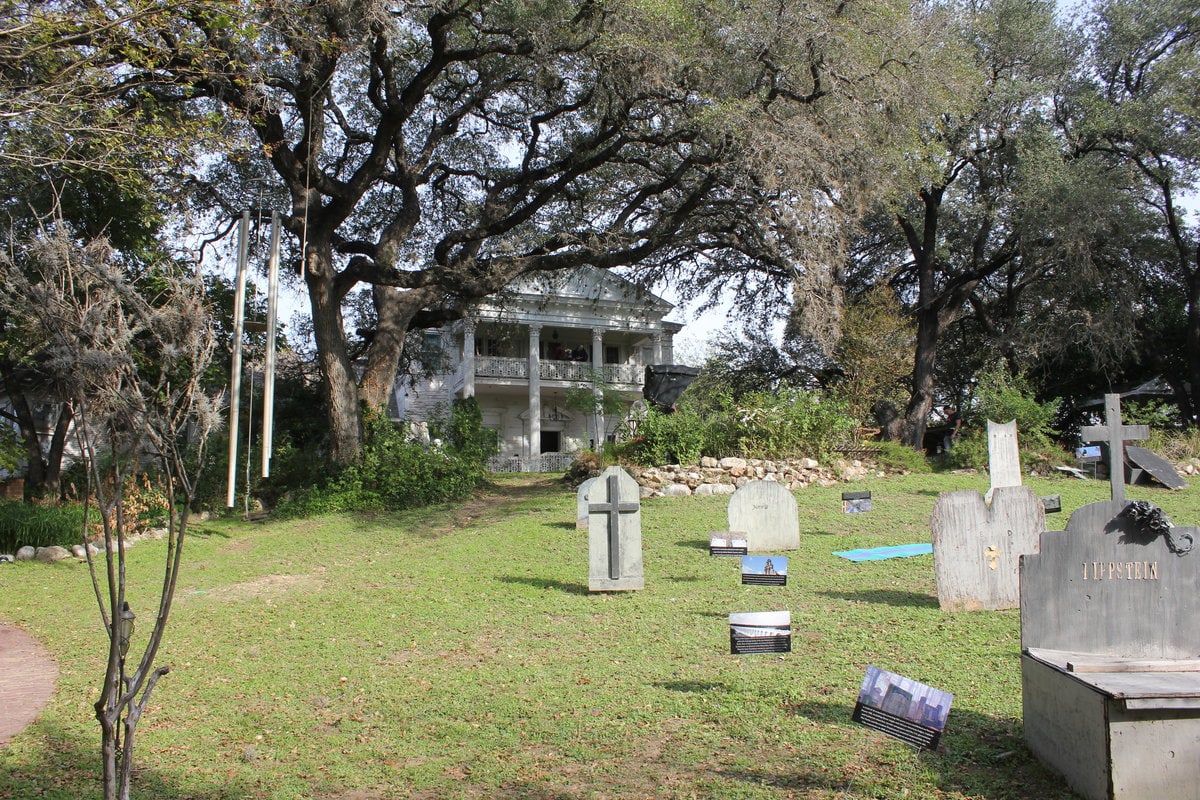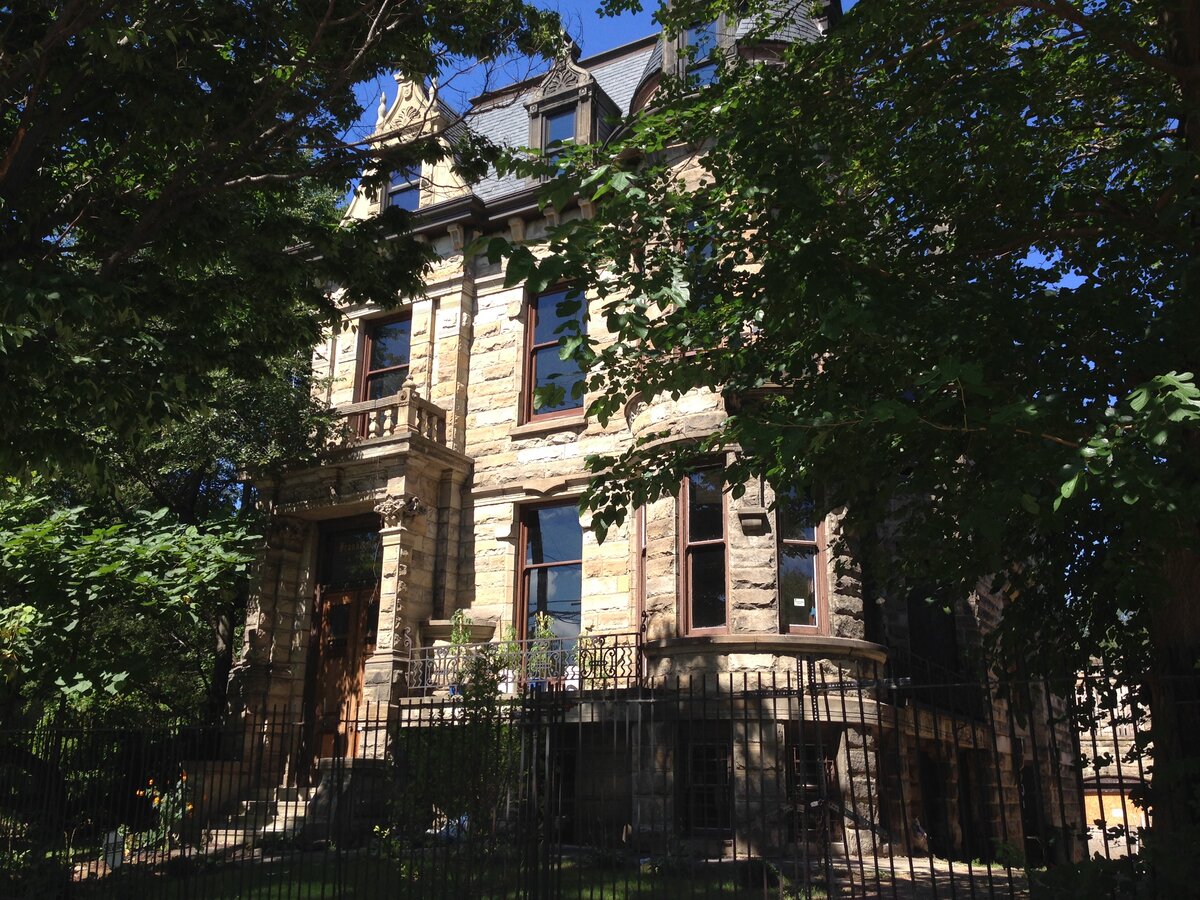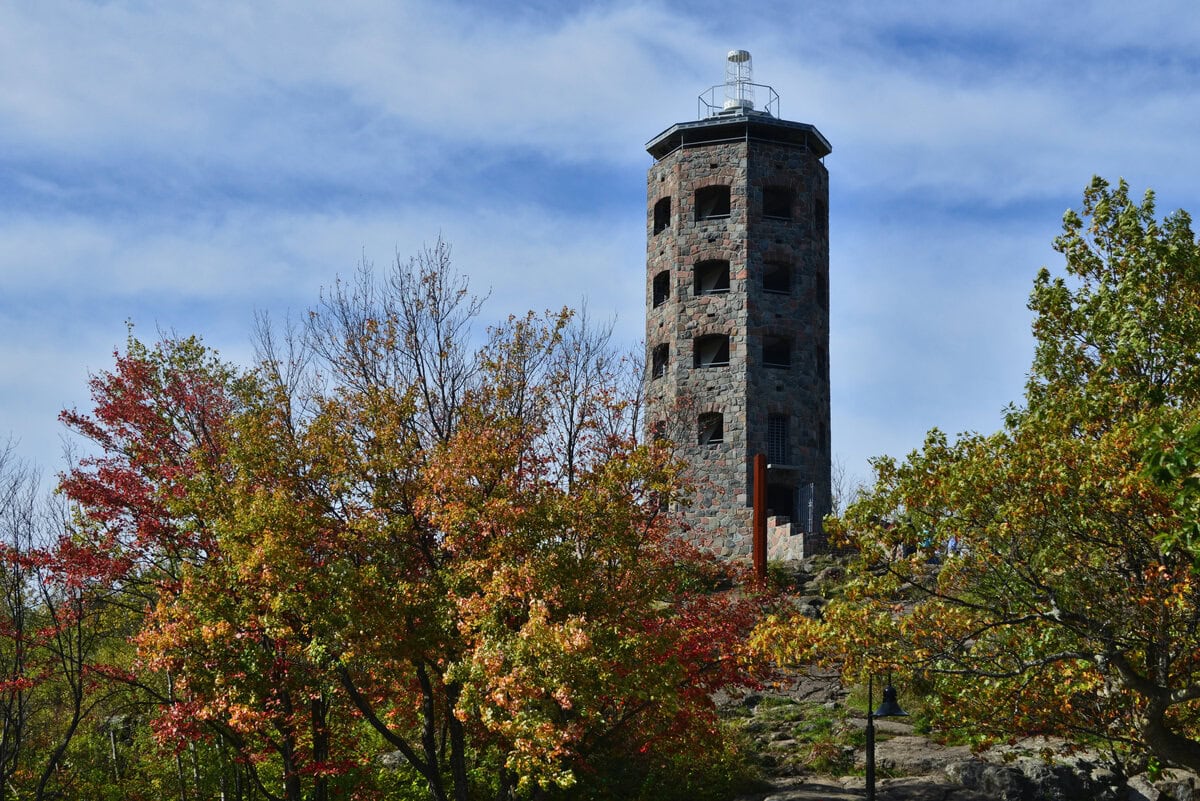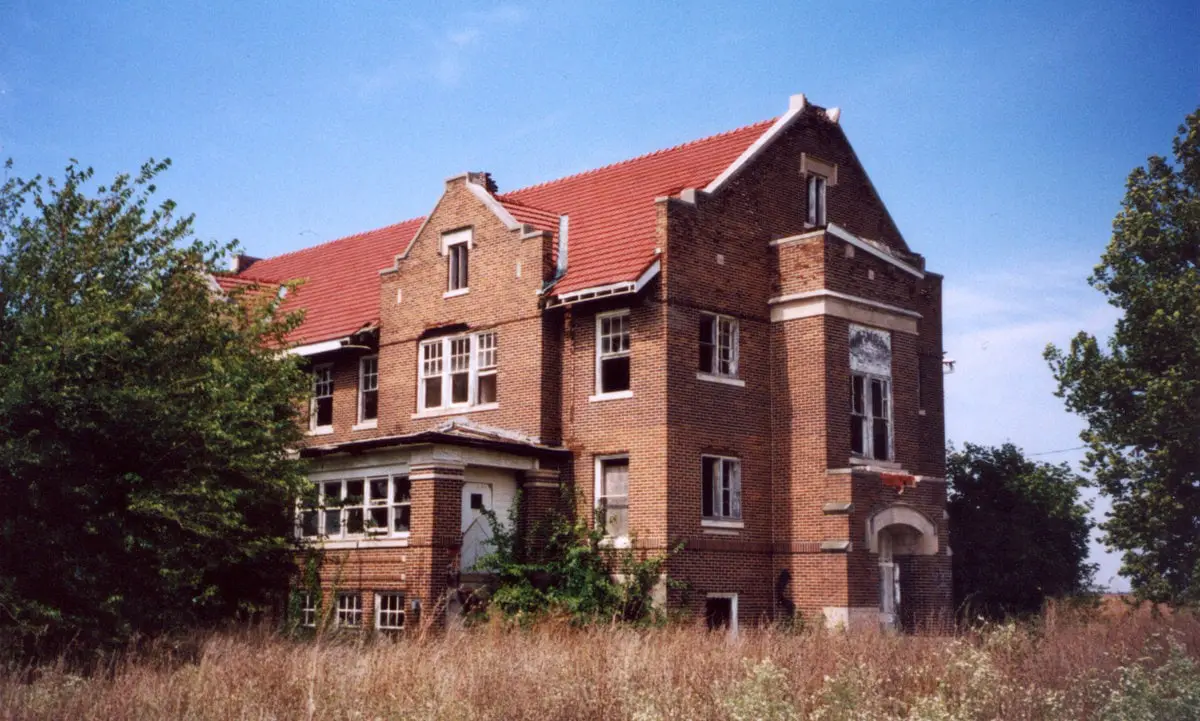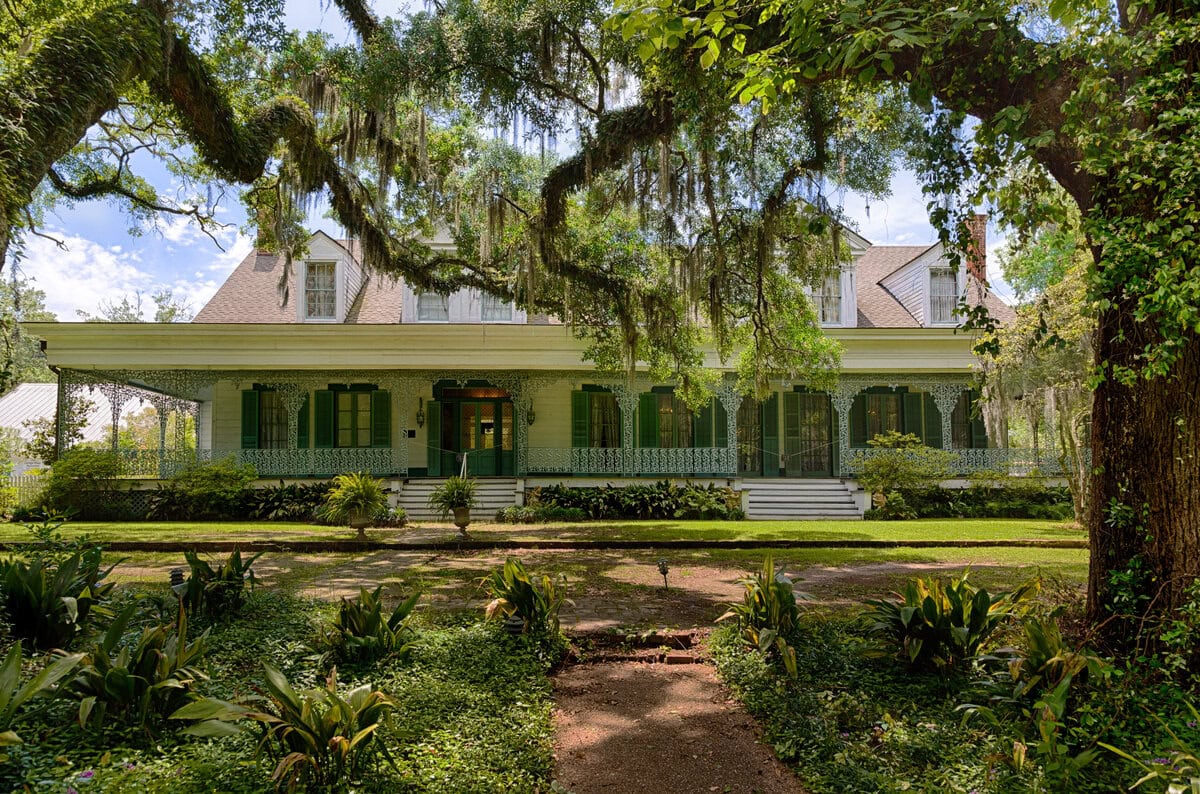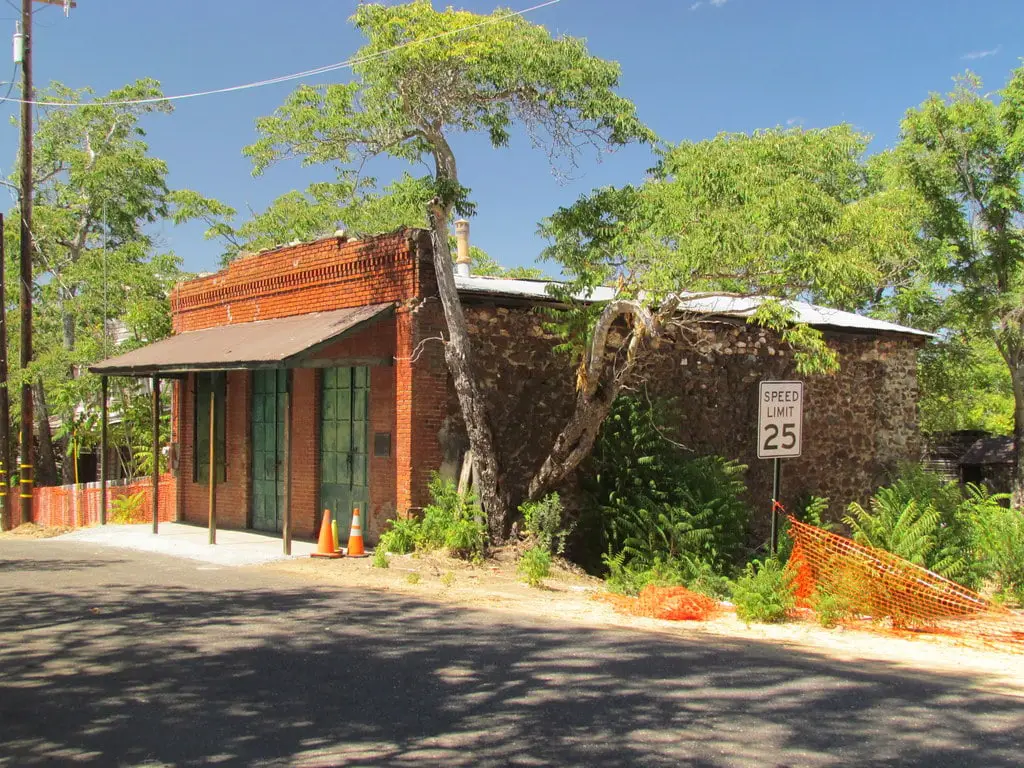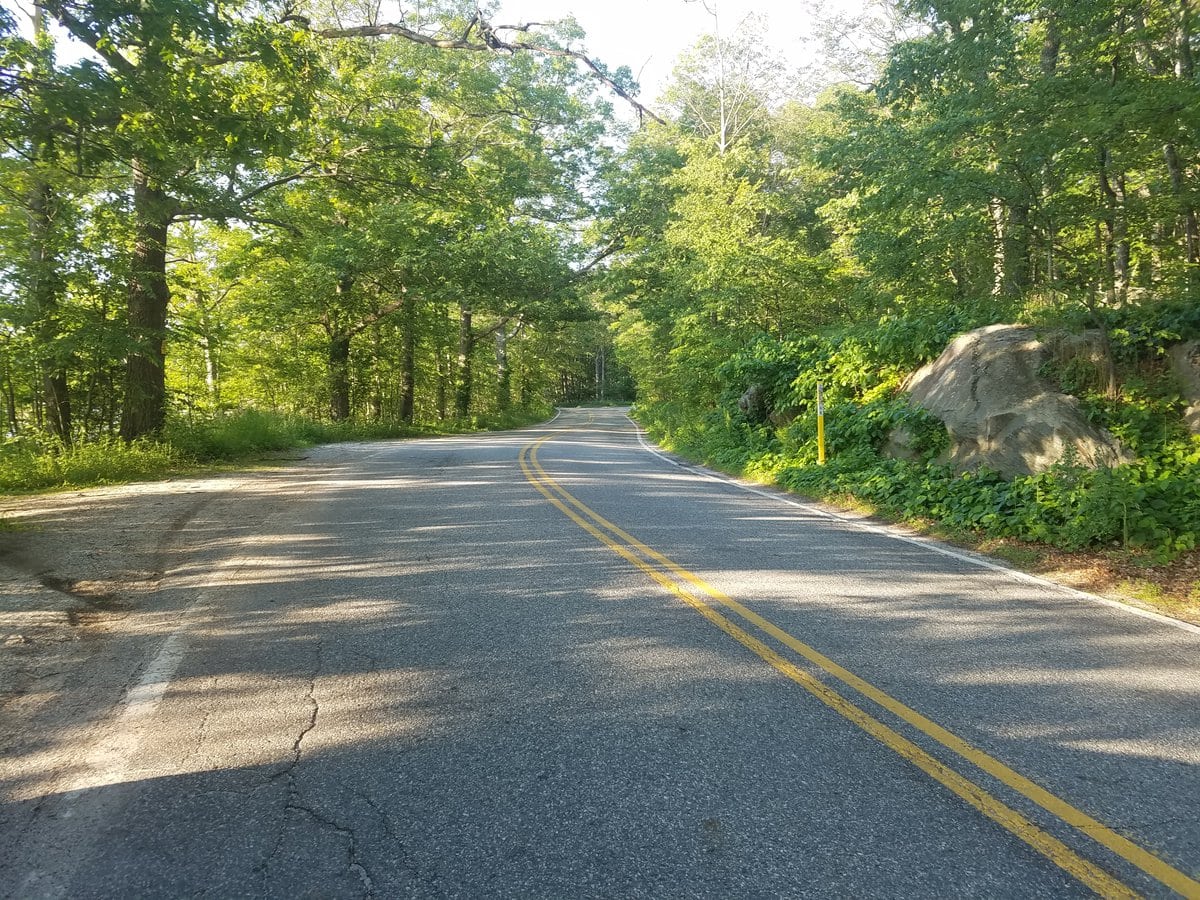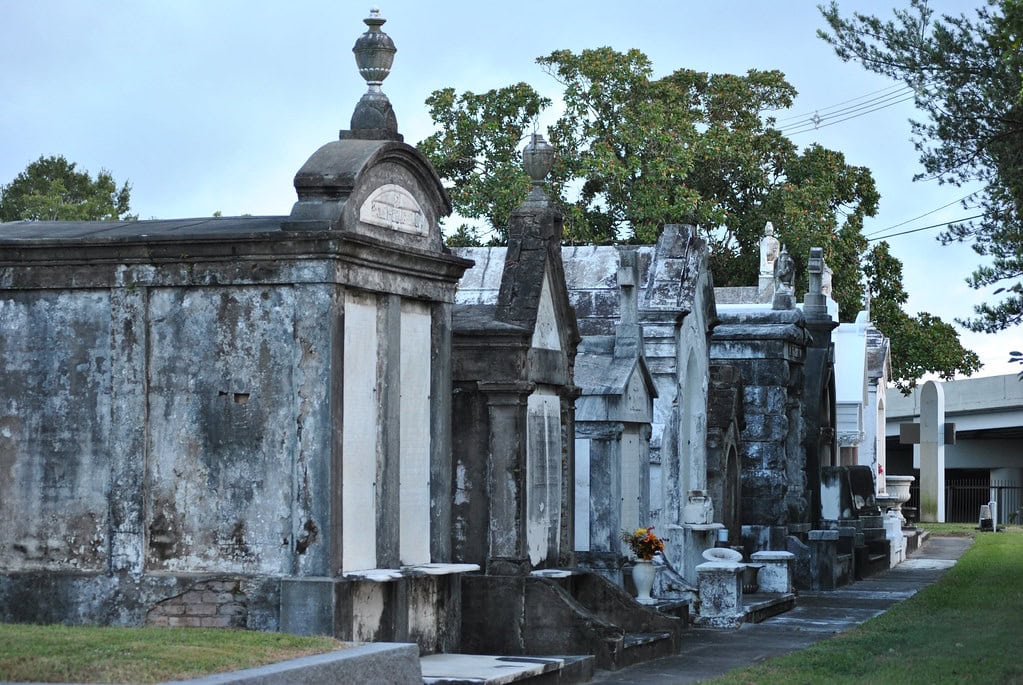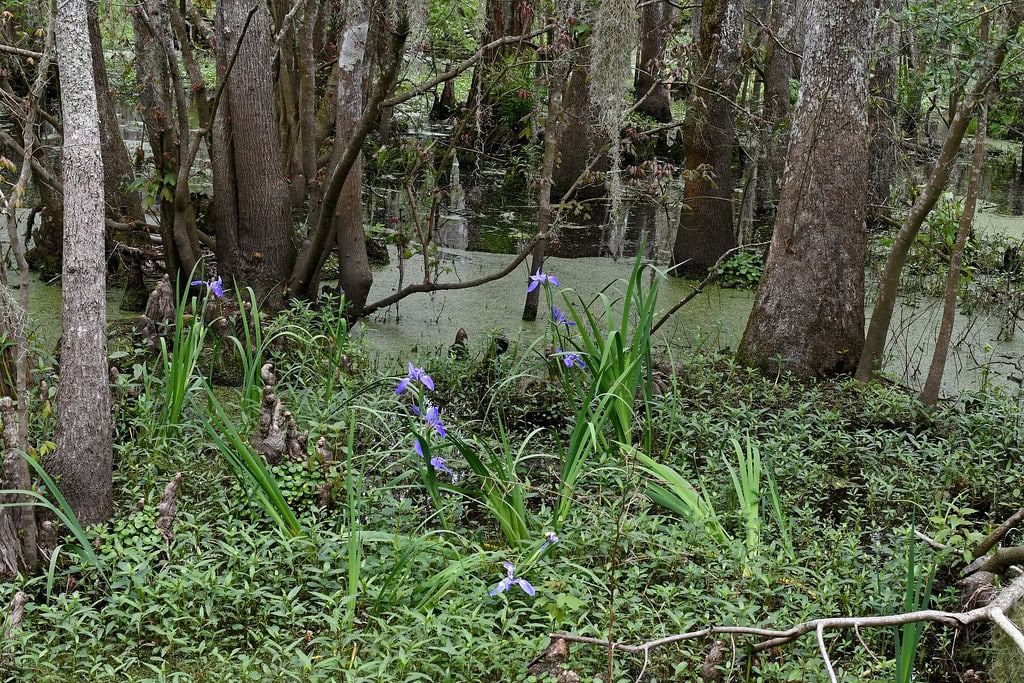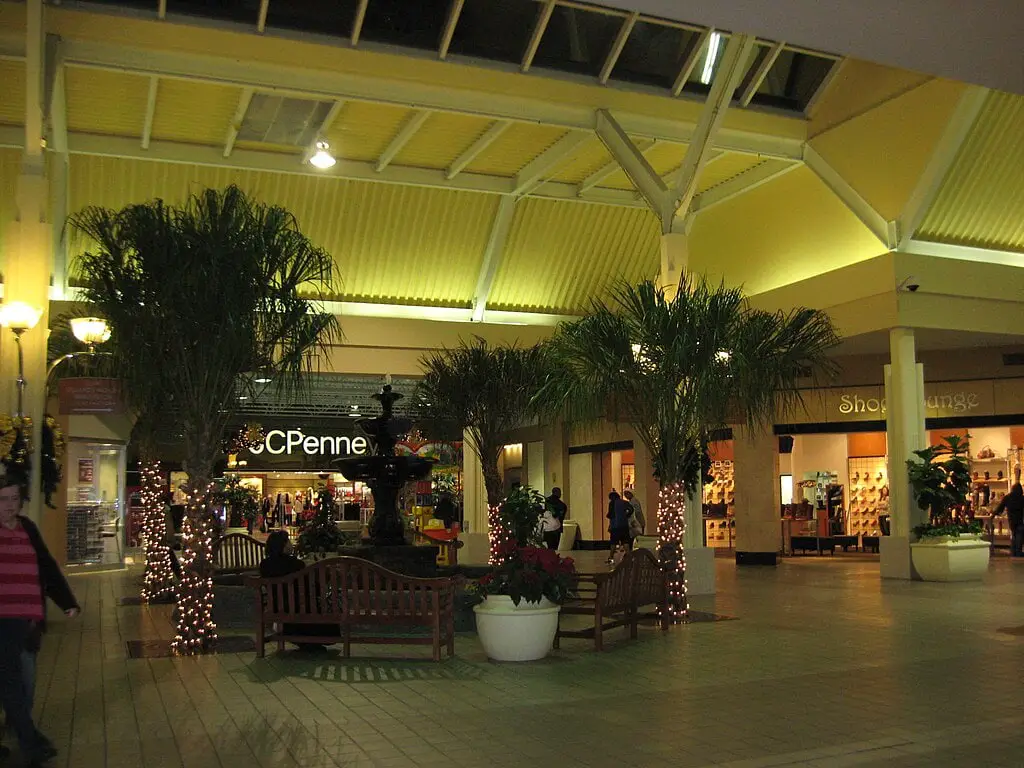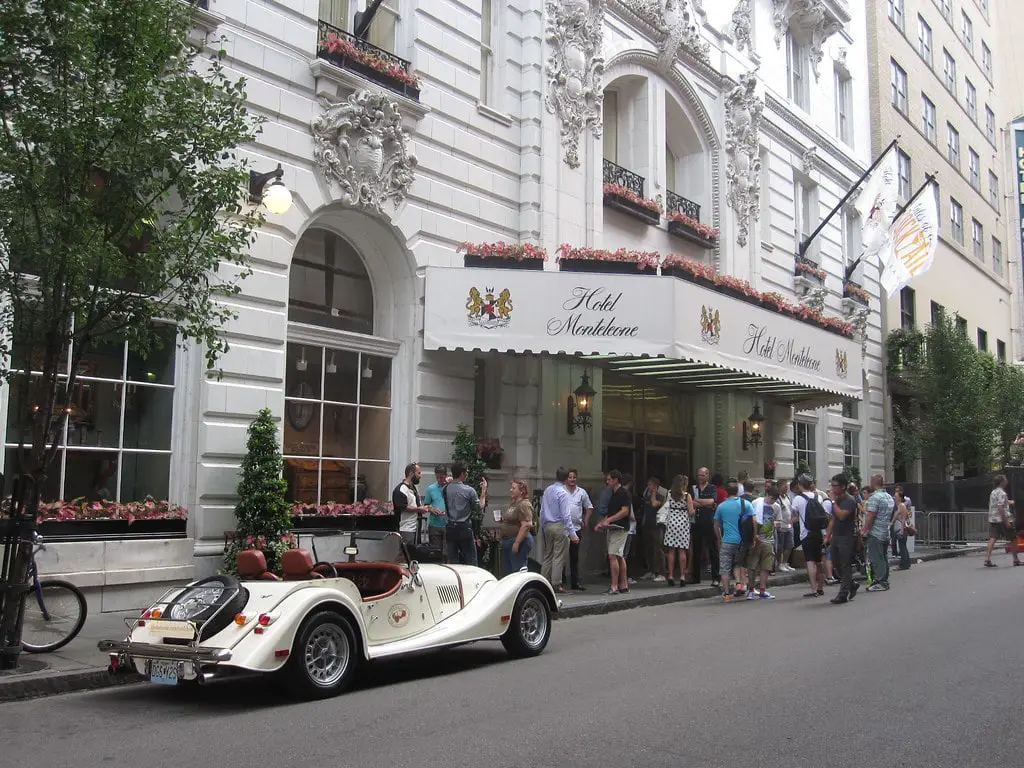Ghosts, Beasts, and Curses: Louisiana's Most Chilling Urban Legends
Louisiana has always had a taste for the eerie. Between the thick bayous, mist-covered swamps, and centuries-old mansions, it's easy to see why so many ghost stories and legends have taken root here. Some of these tales stretch back to the early days of French and Spanish rule, whispered from generation to generation. Others are more recent, fed by firsthand accounts of strange encounters in the night.
Whether it's the Rougarou stalking the woods, the cursed swamps of Manchac, or the lingering spirits of the Myrtles Plantation, these stories refuse to fade.
Unlike folklore that exists only in books, Louisiana urban legends live in the real world.
People claim to have seen, heard, or even felt these things. Some tell of glowing eyes watching from the trees, footsteps echoing in empty halls, or shadows that seem to move with intent.
Many of these places, like the LaLaurie Mansion or the Honey Island Swamp, draw visitors hoping for a brush with the unknown.
Others, like the Devil's Toy Box, are best left undisturbed. This article dives into ten of Louisiana's most infamous legends, from shape-shifting beasts to vengeful spirits.
Some are rooted in history, others in fear, but all have left their mark.
The Rougarou: Louisiana's Cajun Werewolf
The Shape-Shifting Curse That Haunts the Swamps
The Rougarou is one of Louisiana's oldest and most feared legends. It's said to be a terrifying creature with a human body and the head of a wolf or dog.
Some say its eyes glow red in the dark, while others describe a foul stench that follows it wherever it goes.
This creature isn't bound to a single form; some versions of the legend claim it can shift between human and beast, making it nearly impossible to track.
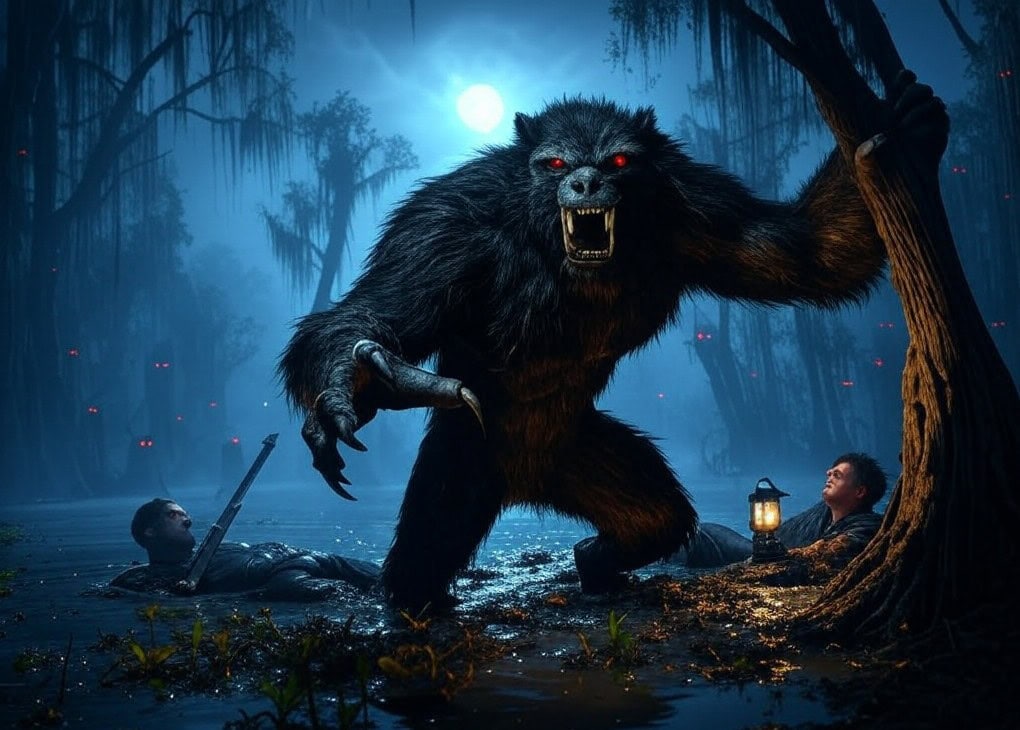
A Tale Brought from France
The legend of the Rougarou can be traced back to France, where stories of the "loup-garou" (a werewolf-like creature) were common in the Middle Ages.
French settlers brought the tale with them to Louisiana in the 18th century, and over time, it evolved into something uniquely Cajun.
Many believe the Rougarou serves as a warning, especially tied to Catholic traditions.
According to some versions, those who fail to observe Lent properly risk becoming a creature.
In others, it is a punishment for breaking certain societal rules, passed from victim to victim through a bite or the spilling of blood.
The curse is said to last for 101 days before transferring to another unfortunate soul.
A Shadow Lurking in the Bayou
Stories of the Rougarou almost always take place in the deep swamps of southern Louisiana.
These areas, filled with tangled cypress trees and thick fog, create the perfect setting for something that hides in the shadows.
Hunters, fishermen, and those who live on the outskirts of town have reported strange growls at night, glowing eyes watching from the darkness, and sudden gusts of wind that carry an unnatural chill.
Some say the Rougarou doesn't just attack, it stalks its victims first.
A person might hear snapping twigs behind them, see large claw marks on their door, or wake up to find their livestock mysteriously slaughtered.
Those unlucky enough to encounter it rarely speak of the experience, fearing that acknowledging the beast will only invite it back.
The Rougarou in Modern Louisiana
Despite its terrifying reputation, the Rougarou has become a part of Louisiana's culture.
The town of Houma hosts an annual "Rougarou Fest," blending spooky folklore with Cajun traditions, costumes, and storytelling.
Some local sports teams have even adopted the creature as their mascot.
Though modern skeptics dismiss the legend as an old superstition, others aren't so sure.
Many still carry protective charms or leave offerings outside their homes to keep the beast at bay.
Some say the Rougarou is nothing more than a story meant to keep children from wandering into the dangerous swamps alone.
But those who have heard strange howls late at night might tell you otherwise.
The Grunch: New Orleans' Bloodthirsty Cryptid
A Monster Lurking in the Darkness
Deep in the outskirts of New Orleans, a narrow, winding road leads to a place many locals refuse to visit after dark.
This road, known as Grunch Road, is said to be the home of creatures called the Grunch, small, twisted humanoids with leathery skin, glowing eyes, and razor-sharp teeth.
Legends say these creatures are a mix of human and beast, the result of generations of isolation and inbreeding among outcasts who were driven into the swamp centuries ago.
Others believe they aren't natural at all, that they're something much worse.
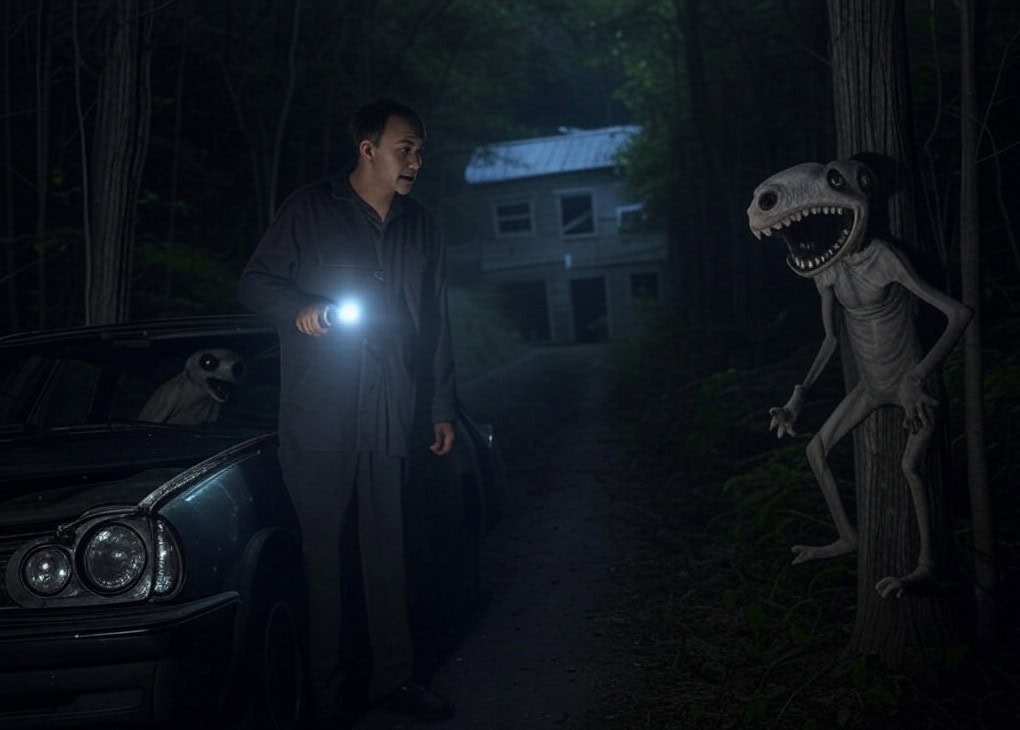
A Tale Born from Fear and Isolation
The story of the Grunch has existed in New Orleans folklore for over a hundred years.
Some versions claim the creatures were once people, deformed children abandoned by society and left to fend for themselves in the wild.
Over time, they grew more animalistic, adapting to life in the swamps and developing a thirst for blood.
Another version connects the Grunch to voodoo practices, suggesting they were created through dark magic.
Some say Marie Laveau, the famous Voodoo Queen of New Orleans, had a hand in their existence, either by cursing them or using them to do her bidding.
Regardless of the origin, one thing remains constant: the Grunch are said to be dangerous, and those who see them rarely make it back to tell the tale.
The Trap That Lures the Curious
Most encounters with the Grunch follow the same pattern. A lone traveler sees an injured goat standing in the middle of the road, its eyes filled with fear.
When the person steps out of their car to help, the trap is sprung.
From the trees, the Grunch emerges, silent, fast, and hungry. Some say they drag their victims into the swamp, never to be seen again.
Others claim they drain the blood from their prey and leave the bodies behind, lifeless and pale.
There are stories of hikers finding mutilated animal carcasses deep in the woods, their wounds unlike anything a normal predator would inflict.
Some locals swear they hear strange growls at night, too guttural to belong to a wolf, too deep to be a bird.
A Fear That Still Lingers
Today, Grunch Road is an actual place, though it's changed over time. Some of the land has been developed, and fewer people claim to have run-ins with the creatures.
Even so, many refuse to travel the road alone, especially at night. Some lock their doors and avoid stopping, no matter what they see ahead of them.
Others share stories of family members and friends who went looking for the Grunch, only to come back shaken, swearing they saw something watching them from the trees.
The Honey Island Swamp Monster: Louisiana's Hidden Giant
A Creature Lost in the Bayou
Deep in the Honey Island Swamp, where the water moves slowly and the cypress trees cast long shadows, something lurks.
Locals call it the Honey Island Swamp Monster, a massive, ape-like creature covered in thick, matted hair.
Some say it stands over seven feet tall, with webbed toes and glowing yellow eyes.
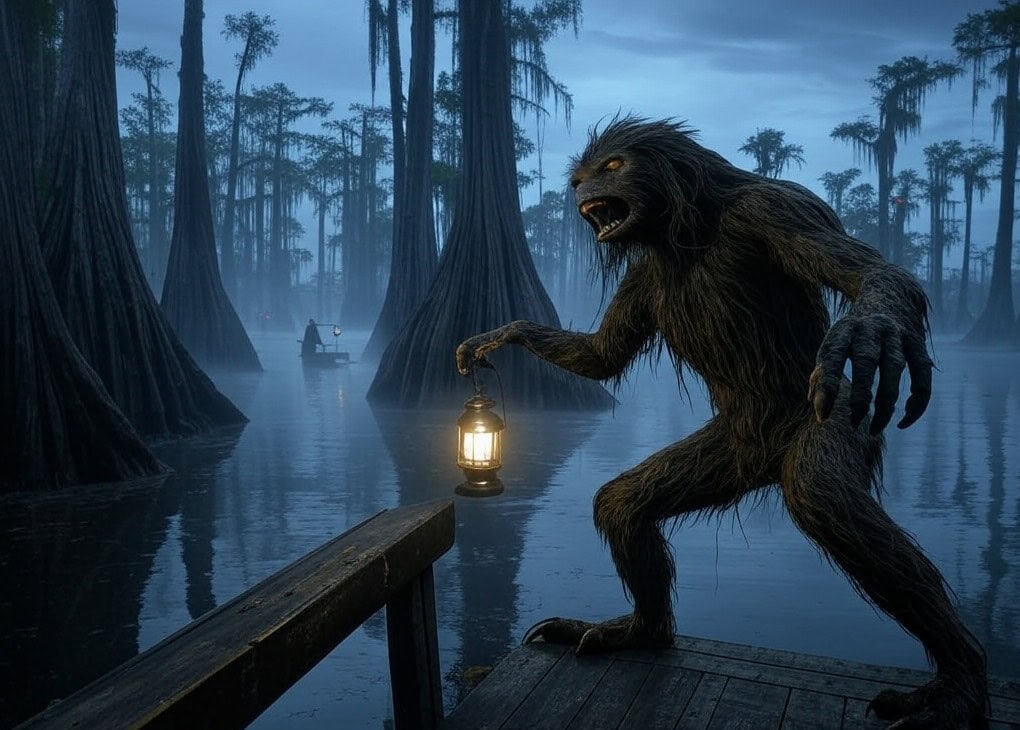
Others claim the smell hits first, a pungent mix of wet fur and decaying plants.
Hunters, fishermen, and boaters passing through the swamp have reported seeing a large, upright figure moving through the trees.
Some describe hearing heavy footsteps splashing in the water, too big to belong to any known animal.
Others find strange tracks in the mud, three-toed footprints that don't match anything native to Louisiana.
The First Sighting and the Mystery That Followed
The legend took hold in 1963 when Harlan Ford, an air traffic controller and wildlife photographer, claimed to have seen the creature.
Ford spent years exploring the swamp and documenting wildlife, and had never seen anything like it before.
He described a massive figure walking through the marsh, moving too smoothly for something that size.
Ford became obsessed with proving what he saw. He collected footprints, recorded eyewitness accounts, and even filmed parts of the swamp where strange activity had been reported.
When he passed away in 1980, his family found old footage in his belongings, grainy and unclear but enough to suggest that something had been out there.
Tracks, Growls, and Vanishing Evidence
Sightings of the Honey Island Swamp Monster haven't stopped. Over the years, locals have found massive footprints with three distinct toes pressed deep into the mud.
Some claim to have heard guttural growls echoing through the trees, which are sounds that don't belong to any known predator.
One fisherman swore he saw a creature watching him from the bank, its yellow eyes unblinking as it disappeared into the thick brush.
Another hunter claimed he followed a set of tracks for miles, only for them to vanish without a trace as if whatever made them had suddenly lifted off the ground.
Skeptics argue the prints are fake or belong to alligators. Some believe the creature is a misidentified black bear, but those who have seen it insist otherwise.
A Monster That Won't Be Forgotten
Despite no clear proof, the Honey Island Swamp Monster remains one of Louisiana's most well-known cryptids.
It has been featured in documentaries, television specials, and local legends passed down for generations.
Tourists now visit the swamp, hoping for a glimpse of the beast. Some swamp tour guides even claim to have seen it themselves.
Whether it's an undiscovered species or a legend that refuses to fade, something about the Honey Island Swamp keeps people looking.
The Myrtles Plantation and the Ghost of Chloe
A House Built on Hauntings
The Myrtles Plantation, located in St. Francisville, Louisiana, has a reputation as one of the most haunted homes in America.
Built in 1796 by General David Bradford, the house has passed through several owners, each adding to its long history of ghost stories.
Visitors and staff report eerie encounters, such as unexplained footsteps, furniture moving on its own, and shadowy figures appearing in doorways.
Though many spirits are said to roam the plantation, one name is mentioned more than any other, Chloe.
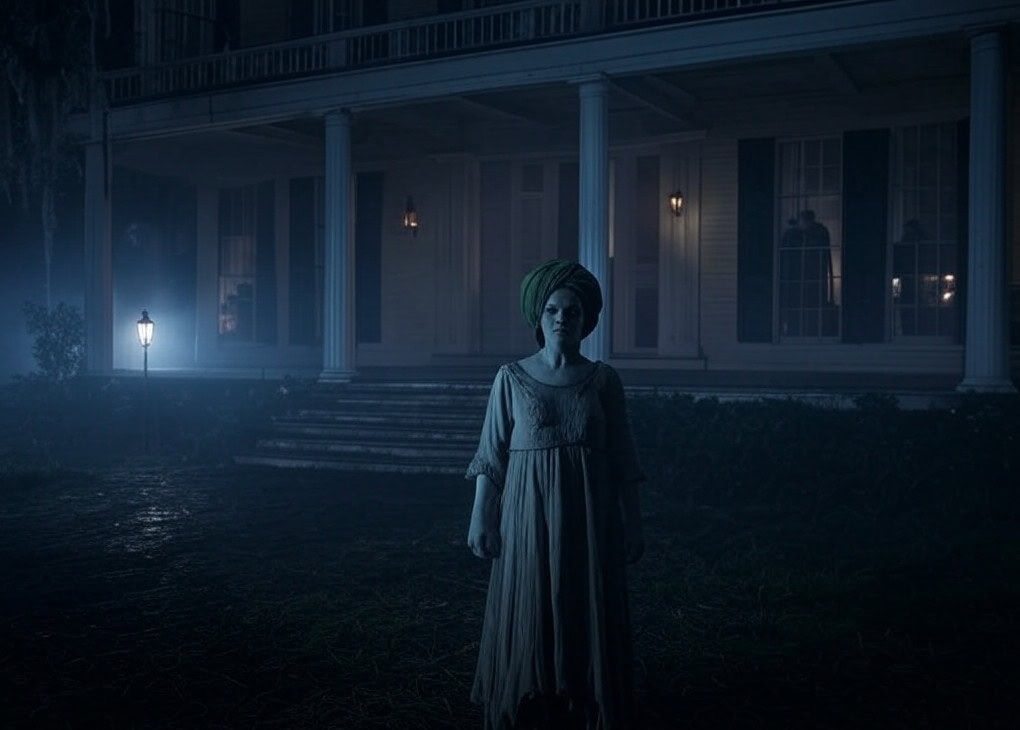
The Story of Chloe
Chloe was an enslaved woman who worked in the Myrtles Plantation during the 1800s.
According to legend, she was caught eavesdropping on a conversation between her master, Clark Woodruff, and his guests.
As punishment, Woodruff ordered her ear cut off, leaving her with a deep scar.
To hide it, she began wearing a green turban, which became her defining feature.
Seeking revenge, Chloe allegedly baked a poisoned cake, hoping to make Woodruff sick.
Instead, his wife and two daughters ate it and died. When the other enslaved workers discovered what she had done, they took matters into their own hands.
Fearing that Woodruff would punish them all, they dragged Chloe outside, hanged her from a tree, and threw her body into the Mississippi River. Some say her spirit never left.
Sightings of Chloe
For years, guests at the Myrtles Plantation have reported seeing a woman in a green turban wandering the property.
Some claim she appears in mirrors, her reflection visible even when no one is standing nearby.
Others have woken up in the middle of the night to find her standing at the foot of their bed, watching them in silence.
One of the most well-known pieces of evidence is a photograph taken in the 1990s.
A visitor captured an image of the plantation and later discovered the faint outline of a woman standing in the background.
Experts who examined the photo couldn't explain the figure, and many believe it is Chloe.
The Myrtles' Haunted Reputation
Beyond Chloe, the plantation has no shortage of paranormal activity. Visitors report hearing children's laughter in empty rooms, seeing chandeliers swing without cause, and feeling unseen hands tug at their clothing.
Some have even claimed to see the spirits of the Woodruff family still lingering in the hallways.
The plantation now operates as a bed and breakfast, attracting history buffs and ghost hunters.
Some come out of curiosity, and others leave convinced that the stories are true.
The Legend of Delphine LaLaurie
A House with a Dark Past
In the heart of New Orleans' French Quarter stands a mansion that has long been at the center of one of the city's most disturbing legends.
The LaLaurie Mansion, a grand three-story home on Royal Street, was once the residence of Delphine LaLaurie, a wealthy socialite known for her influence and charm.
Behind the opulent façade, however, something sinister was happening.
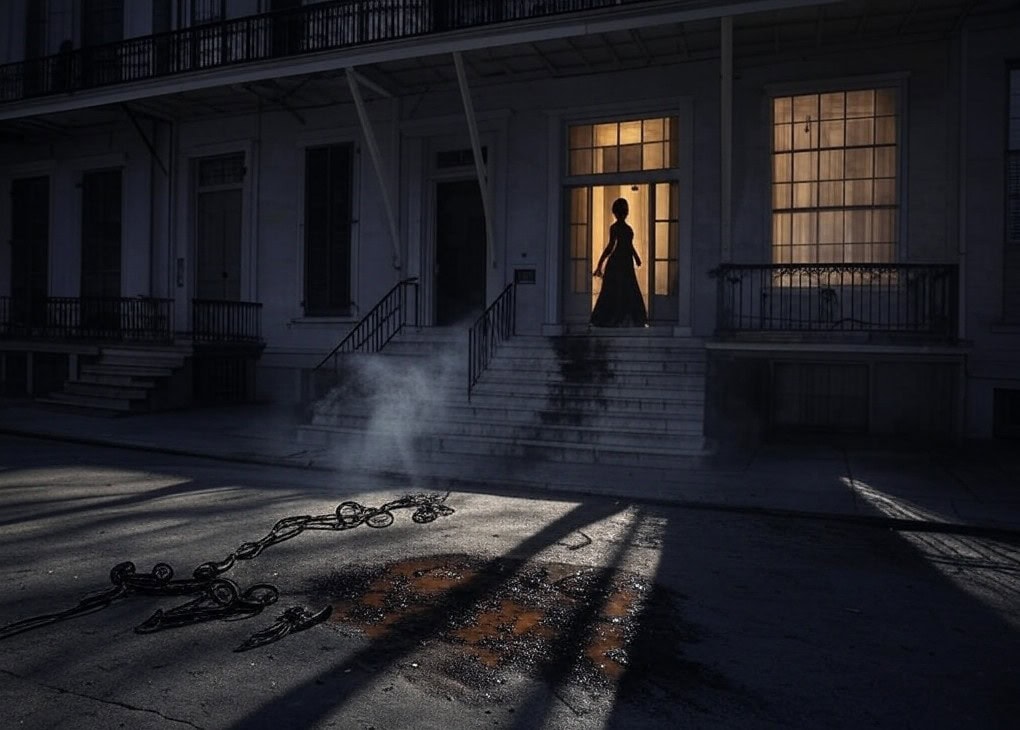
The Woman Behind the Horror
Delphine LaLaurie was born into privilege in 1787. She married three times, each time gaining more wealth and status.
By the 1830s, she was one of the most respected women in New Orleans society, hosting lavish parties and entertaining the city's elite.
But rumors began to spread about how she treated the enslaved people in her home.
Neighbors claimed to hear screams in the night, and some reported seeing severely injured workers who mysteriously disappeared.
Though laws at the time allowed harsh punishments, even LaLaurie's peers found her cruelty unsettling.
The Fire That Revealed the Truth
In April 1834, a fire broke out in the mansion's kitchen. As firefighters battled the flames, they discovered a horrifying scene upstairs.
Locked in a secret room were several enslaved individuals, some shackled to the walls, others in makeshift cages.
Many showed signs of long-term abuse, including deep wounds, broken bones, and surgical experiments gone wrong.
Witnesses reported that one woman had her limbs stretched unnaturally while another had her mouth sewn shut.
Some were barely alive. Others were not as lucky.
News of the discovery spread quickly, and an angry mob formed outside the mansion.
Before they could get their hands on LaLaurie, she fled the city. Some say she escaped to Paris, while others claim she died in hiding. To this day, no one knows for sure what happened to her.
The Spirits Left Behind
Since then, the mansion has remained a source of ghost stories. Visitors report hearing screams and moans coming from inside, even when the house is empty.
Some claim to see shadowy figures moving in the windows, while others feel sudden drops in temperature when walking past.
One of the most common sightings is that of a tall woman dressed in black.
Witnesses believe this is Delphine LaLaurie herself, trapped in the home where she committed her crimes.
Over the years, the building has been everything from a school to an apartment complex, but its reputation never faded.
Many owners have reported paranormal activity, and some refused to stay in the house for long.
Today, it remains one of New Orleans' most famous haunted locations, drawing visitors who hope to catch a glimpse of the spirits that never left.
The Casket Girls and the Vampire Rumors
The Mysterious Arrival in New Orleans
In the 18th century, New Orleans was still a rough and untamed city, filled with sailors, traders, and criminals.
The French government, hoping to encourage settlement, began sending young women to the colony to become brides for the men already living there.
These women, known as the "Casket Girls" because of the small wooden chests (or "casquettes") they carried, were meant to bring civility and family life to the growing colony.
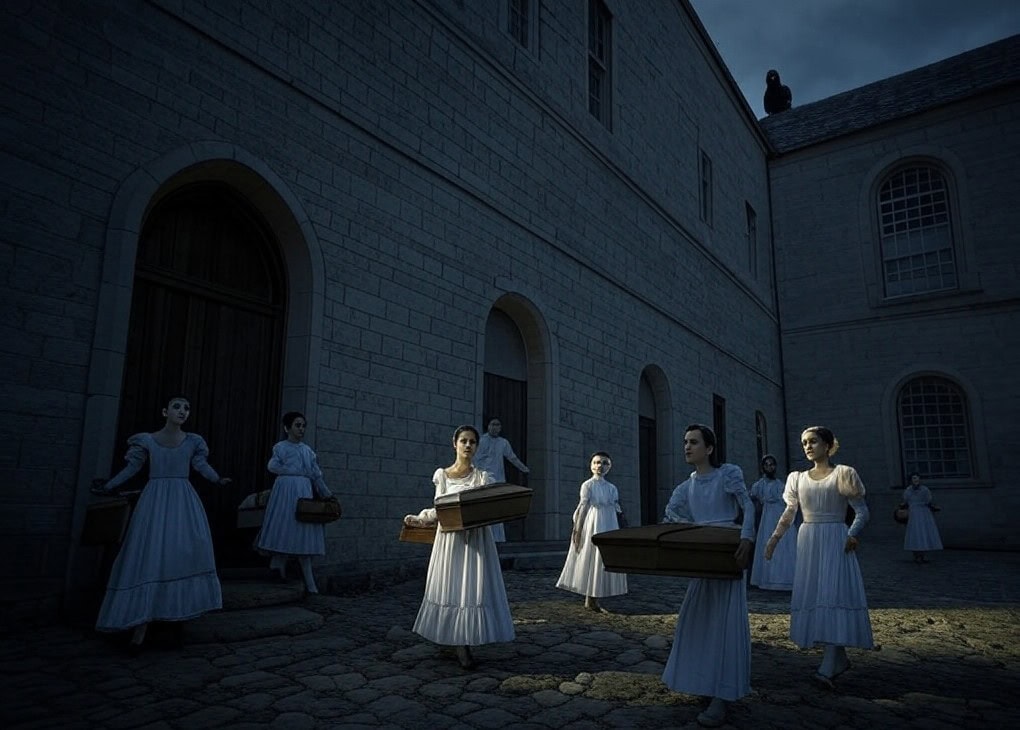
Unlike most immigrants, the Casket Girls arrived under strict supervision.
They were housed in the Ursuline Convent, where nuns kept them secluded until they were married.
But something about their presence unsettled the locals. Some claimed the girls were too pale, too quiet, or that they seemed uneasy in daylight.
A Legend Grows
Rumors began to spread that the girls had brought something else with them, something unnatural.
Their wooden caskets, which supposedly contained their belongings, were said to be suspiciously heavy and sealed too tightly.
Some even claimed that when the chests were later opened, they were empty.
Over time, people started whispering that the Casket Girls weren't ordinary women at all, that they were vampires.
The theory gained traction because of the convent's unusual behavior. The nuns kept the third-floor windows permanently sealed with iron bars, claiming it was to protect the girls from the dangers of the city.
But others suspected the windows were locked for an entirely different reason, to keep something inside.
Strange Occurrences at the Convent
Even after the Casket Girls had long disappeared into history, strange reports continued at the Ursuline Convent.
At night, people walking past claimed to see figures standing in the windows, staring down at them.
Some said they heard faint whispers through the thick wooden doors, even though the building was empty.
One of the most chilling stories came from a group of investigators in the 1970s.
They supposedly broke into the convent late one night to explore. According to legend, all of them fled in terror, and some refused to speak about what they saw.
A Story That Refuses to Die
To this day, the convent's third-floor windows remain sealed. Some say it's out of tradition, while others insist it's for protection.
Vampire lore is deeply woven into New Orleans' culture, and many believe the Casket Girls played a part in starting it.
Whether the stories are based on truth or fear, the legend continues to draw curiosity.
Some visitors come looking for history, others are searching for something much older.
The Witch of Manchac Swamp
The Curse of Julia Brown
Deep in the Manchac Swamp, where cypress trees stretch their roots into dark water, people still talk about Julia Brown.
She was a voodoo priestess who lived in the small town of Frenier in the early 1900s.
Locals respected her, but they also feared her. She was known for her spells and healing abilities, but some believed she had a darker side.
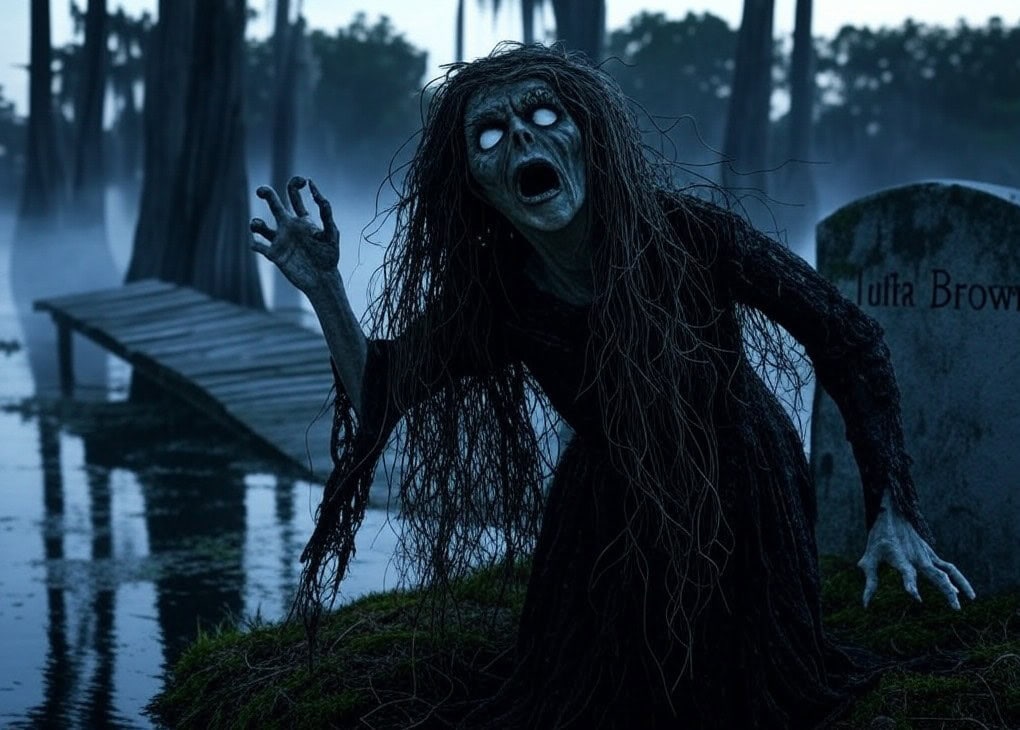
Before she died in 1915, Julia Brown began singing a chilling song: "One day I'm gonna die, and I'm gonna take the whole town with me." People didn't think much of it at the time.
But they would soon regret ignoring her warning.
The Storm That Wiped Out a Town
On the day of Julia Brown's funeral, a powerful hurricane tore through Louisiana.
The winds ripped houses apart, and the floodwaters swallowed everything in their path.
Nearly every resident of Frenier died, their bodies later found tangled in fallen trees or washed up along the shore.
The storm was so violent that even seasoned meteorologists were shocked by its sudden strength.
Survivors whispered that Julia Brown had kept her word, that her death had unleashed the destruction she had promised.
Ghostly Whispers in the Swamp
To this day, people claim to hear Julia Brown's voice drifting through the swamp.
Some say they've heard faint singing when the wind picks up, the same eerie tune she used to hum on her porch.
Others have reported seeing a shadowy figure near her grave, watching from a distance before fading into the trees.
Fishermen and hunters passing through the area tell stories of strange lights moving through the water at night.
Some claim to have seen a woman standing at the edge of the bayou, her face hidden beneath a dark veil.
When they call out to her, she disappears without a trace.
A Swamp That Holds Its Secrets
Manchac Swamp remains one of Louisiana's most unsettling places. The hurricane that wiped out Frenier is well-documented, but the legend of Julia Brown refuses to fade.
Some say she was just an old woman who happened to die before a natural disaster.
Others believe her spirit is still out there, keeping watch over the land she once called home.
The Devil Man of Algiers
A Terrifying Figure in the Night
In 1938, fear gripped the people of Algiers, a neighborhood on the west bank of the Mississippi River in New Orleans.
Stories spread about a terrifying figure lurking in the shadows, a man with glowing red eyes, pointed ears, and the ability to leap over houses in a single bound.
Some called him a demon; others believed he was a man possessed by evil.
No one knew where he came from or what he wanted, but those who saw him never forgot the encounter.
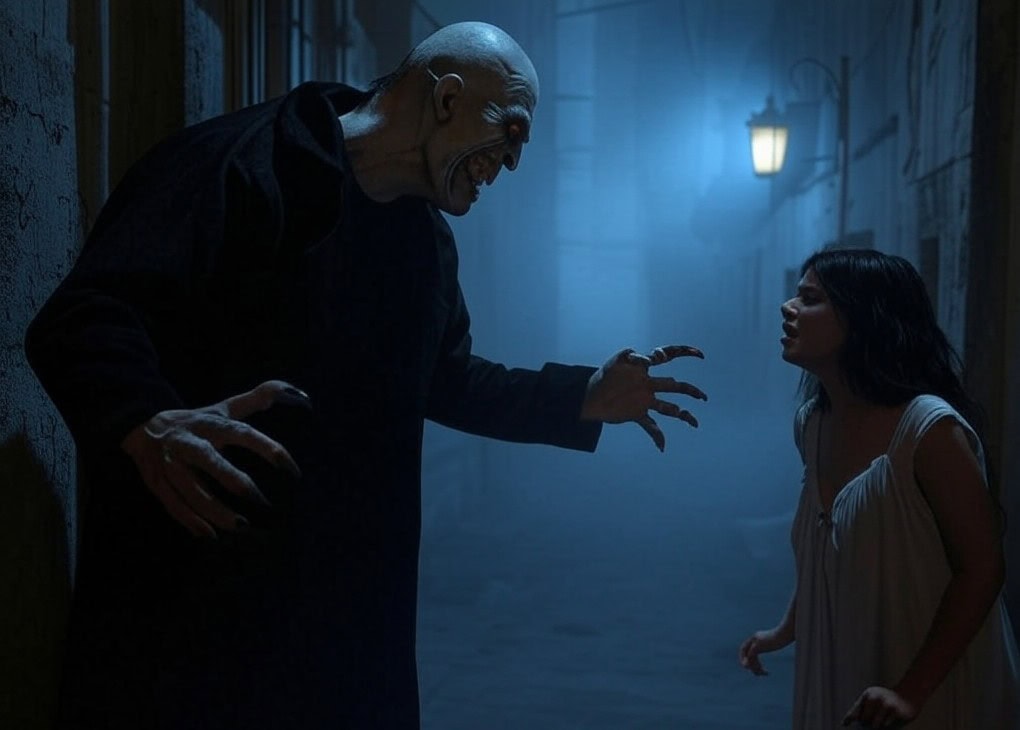
The Reports That Started the Panic
The first sighting happened late one evening when a woman claimed she saw a tall, thin man standing outside her window.
She described him as having sharp, claw-like fingers and a face that didn't look entirely human.
As soon as she screamed, the figure vanished into the darkness without a sound.
More reports followed. People swore they saw a shadowy figure watching them from rooftops or darting through alleyways at impossible speeds.
Some claimed he laughed, a deep, chilling sound that echoed in the night.
The fear became so widespread that police started patrolling the streets, hoping to catch the so-called "Devil Man" before he struck.
A Creature That Couldn't Be Caught
Despite the growing number of witnesses, no one ever got a clear look at the Devil Man.
Those who tried to follow him reported that he moved too fast, vanishing before they could get close.
Some said he could jump across entire streets, landing silently on the other side.
One man, a local shopkeeper, swore that he saw the figure leap from a second-story balcony and land without making a sound.
Another claimed that he fired a gun at the Devil Man, but the bullets didn't seem to hit anything.
The police investigated, but without physical evidence, they could do little more than reassure the public that everything was under control.
The Sudden Disappearance
Then, just as quickly as the Devil Man had appeared, the sightings stopped.
No one knew if he had left, been caught, or if the whole thing had been an elaborate hoax.
Some believed he was a supernatural entity that only appeared when the conditions were right.
Others thought he was a flesh-and-blood criminal who had grown tired of the attention and moved on.
Even though decades have passed, the legend of the Devil Man hasn't faded.
Some old-timers in Algiers still talk about him, warning that he could return when least expected.
Some even claim they've seen something, just a glimpse, a shadow moving where it shouldn't be, a pair of glowing eyes watching from the dark.
The Singing Rain of Baton Rouge
A Voice in the Storm
In Baton Rouge, when the rain falls just right, some people say they hear something unusual, singing.
Not the kind carried by the wind from a distant house or a passing car, but something woven into the rain itself.
The stories date back generations, with many claiming that the voices belong to spirits long forgotten.
The phenomenon is most often reported near old cemeteries and historic battlefields.
Some believe the voices belong to the restless dead, their sorrow carried by the water as it falls to the earth.
Others insist it's nothing more than an illusion, a trick of wind and water blending in an eerie melody.
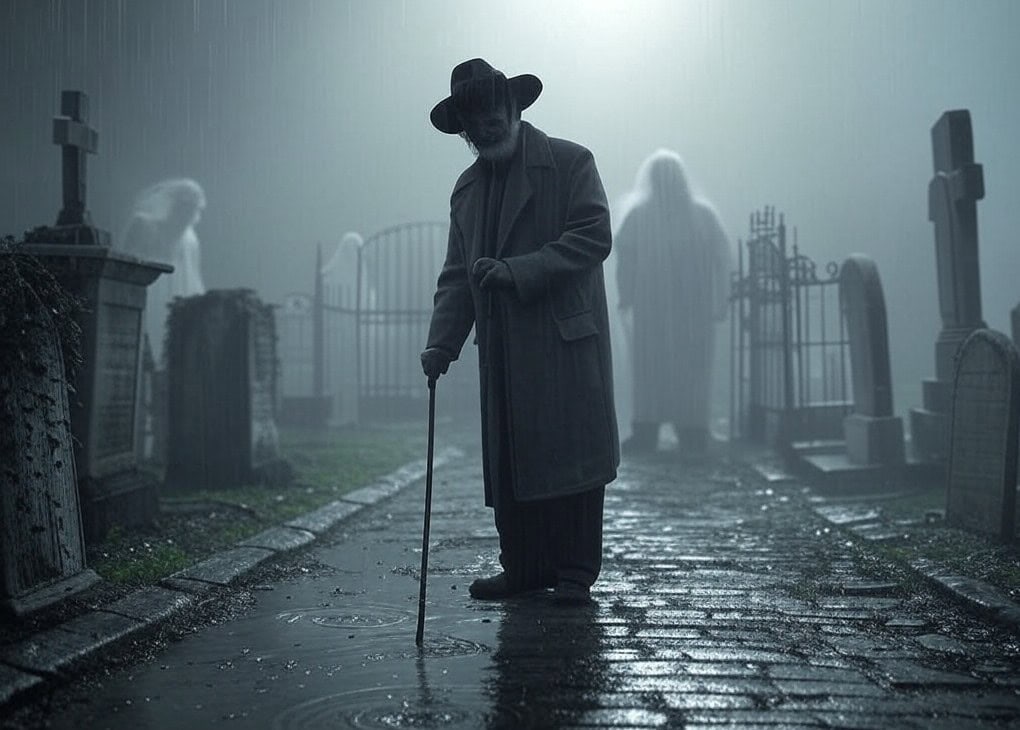
Whispers from the Past
One of the oldest theories links the singing rain to Civil War soldiers who died in battle.
Louisiana saw its share of bloodshed, and some say the voices come from men who perished on the fields, their final words still lingering in the air.
Others believe the phenomenon is tied to unmarked graves hidden beneath Baton Rouge.
With so much history buried in the city, the rain may carry echoes of the past, voices that were never meant to be heard.
Some reports describe a faint hum as if dozens of people are singing just out of reach.
Others claim to hear specific words, though the language varies. Some say it's French, others hear English, and a few claim the voices speak in a language no one recognizes.
Eyewitness Accounts
People who have heard the singing rain describe it as beautiful but unsettling.
One woman claimed she was walking past an old cemetery when the rain started falling, and for a moment, she heard a soft chorus rising and fading with the wind.
Another man swore he heard a child's voice calling his name while he was caught in a sudden downpour.
Skeptics argue that the sound is nothing more than a combination of wind patterns, water hitting different surfaces, and the human brain searching for familiar sounds in random noise.
Even so, the legend persists.
A Mystery That Won't Wash Away
The singing rain remains one of Baton Rouge's strangest urban legends, whether it's spirits trying to reach the living or just a trick of nature, those who have heard it say one thing for sure: you never forget the sound.
The Devil's Toy Box
A Shack That Plays with the Mind
Deep in rural Louisiana, hidden among trees and forgotten roads, there's a place people warn each other about.
It's called the Devil's Toy Box, a small shack rumored to be one of the most disturbing places in the state.
The structure is simple, six mirrored walls form a cube, but visitors say they don't leave the same.
According to legend, stepping inside is like stepping into another world. The walls reflect endlessly, creating the illusion of an infinite void.
Some say the mirrors show more than just reflections. Others claim the silence inside is unnatural, pressing in on them like a living thing.
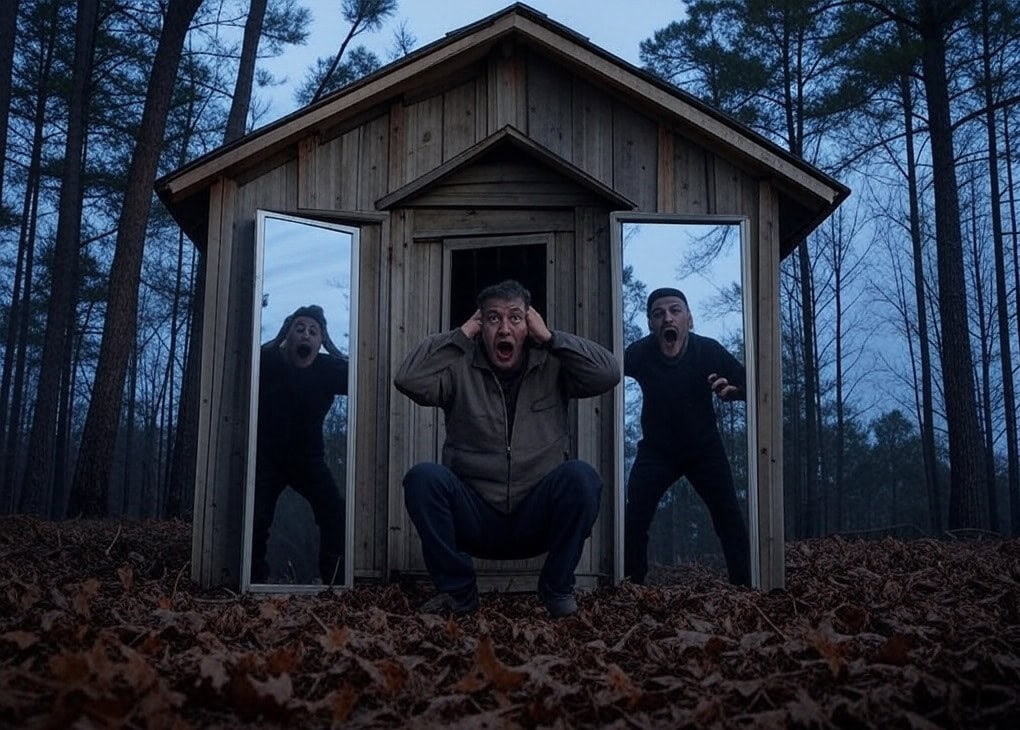
Where Did It Come From?
The Devil's Toy Box's origins are unclear. Some say it was built as a Halloween attraction and abandoned after visitors started experiencing terrifying hallucinations.
Others believe it was created by someone experimenting with supernatural forces and designed as a portal to something unknown.
Whatever the truth, the shack has earned a dark reputation. People who've gone inside for even a few minutes describe feelings of intense dread, confusion, and paranoia.
Some claim to have seen their reflections moving independently. Others say they felt something watching them, though they were alone.
Stories of Those Who Entered
A common tale is that of a teenage boy who spent just five minutes inside.
When his friends opened the door, they found him curled in a corner, shaking and unable to speak.
Days later, he claimed he had been in the shack for hours, though the others insisted he had only been gone a short time.
Another story tells of a man who entered alone and was found outside the shack the next morning, his mind completely shattered.
He couldn't explain what had happened or how he had spent the entire night inside.
There are also reports of people disappearing entirely. A few have gone in and never come out, or so the stories claim.
Skeptics argue these are just fabrications meant to keep trespassers away from private property. But those who have been there tell a different story.
A Place Few Dare to Visit
Despite its eerie reputation, thrill-seekers still try to find the Devil's Toy Box. The challenge draws some and others through pure curiosity.
Those who enter don't always talk about what they experience. Some say it's just an illusion, a trick of mirrors and the mind.
Others leave shaken, convinced that the Toy Box is more than just a room, it's something that watches, waits, and never really lets go.
Disclaimer: The illustrations in this article are artistic representations created for informational purposes only. They are not actual photographs or direct visual documentation of the events, locations, or figures depicted.

